
All categories
Featured selections
Trade Assurance
Buyer Central
Help Center
Get the app
Become a supplier

(1085 products available)
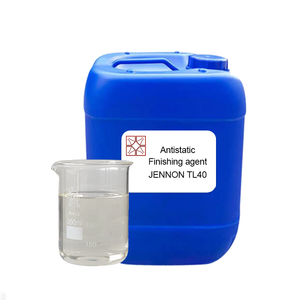


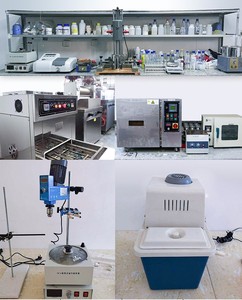










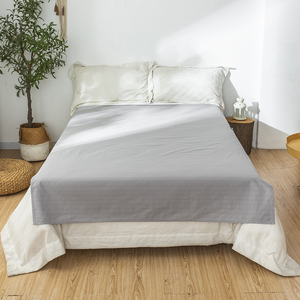




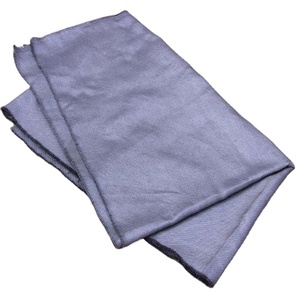








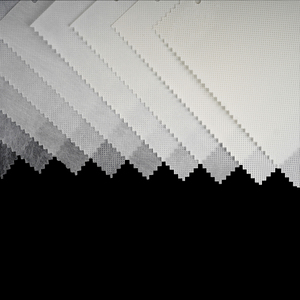
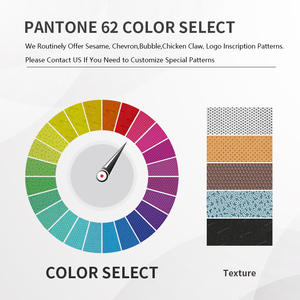




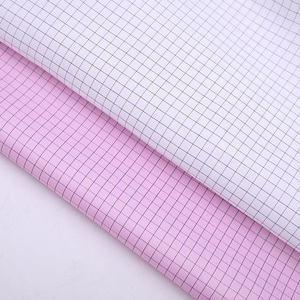


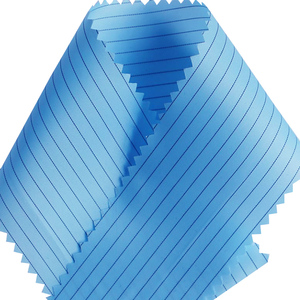




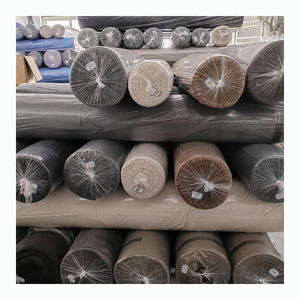
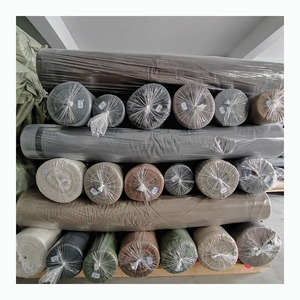
The antistatic finish textile engineering industry has produced various fabrics with antistatic finishes, each suitable for different applications. Here are some key categories.
Conductive Fiber Blends
These textiles are made by mixing conductive fibers, such as carbon or metal fibers, with regular fibers. For example, a blend of cotton and carbon fiber results in an organic, comfortable, and conductive fabric. These fabrics offer low resistance to electric current. They are suitable for high-traffic areas where static discharges may occur. They also find use in the electronics industry, especially for the production of garments, gloves, and other equipment.
Coated or Laminated Fabrics
This type of fabric has an electrically conductive coating or laminate, like polyurethane or polythene, applied to its surface. Such fabrics are more durable, offer a wide range of mechanical properties, and provide better protection from static electricity than uncoated ones. They are used primarily to make antistatic workwear, furniture, bags, and cleanroom applications.
Antistatic Treated Fabrics
These textiles have received antistatic treatments to reduce static buildup and attraction of dust and particles. Such treatments can be temporary or permanent and are often used in combination with other textile finishes. The treated fabrics find use in various industries, including the textile, electronics, and cleanroom industries, to name a few.
Electrostatic Dissipative (EDS) Fabrics
EDS fabrics are specifically designed to dissipate static electricity at certain rates. They are made to control electrostatic discharge (ESD) for specific applications in sensitive environments, such as semiconductor manufacturing cleanrooms. The material composition and engineering methods used to make EDS fabrics can vary widely. Hence, the static dissipating properties can also vary. Consider the static dissipating rate requirements of a particular application before choosing an EDS fabric.
According to material requirements, here are some specific recommendations for silica antistatic finishing agent textiles:
By considering these material requirements, it can help to achieve better antistatic effects and durability when using antistatic finishes on textiles.
Clean Rooms and Laboratories
In clean rooms and labs, the antistatic textile finish can be used on cleaning and surgical garments, shoe covers, curtains, and other garments to eliminate static charge accumulation.
ESD Sensitive Environments
These environments include electronics manufacturing and assembly, semiconductor fabrication, pharmaceuticals production, and packaging. Antistatic textile finishes are invaluable. They help control static electricity and protect sensitive components from electrostatic discharge (ESD).
Static Control and Protection
Textiles with antistatic finishes help reduce static buildup from friction in various industries. Merely wearing clothes made of these textiles can disperse static electricity, lowering shocks and enhancing comfort. Apparel pieces like slacks, jackets, shirts, and undergarments can be manufactured using antistatic textiles. In the fashion industry, textiles with antistatic finishes help prevent static cling, ensuring a fluid drape and elegant look for apparel items. People will feel at ease and more at ease using them.
Automotive Industry
In the automobile sector, antistatic textile finishes have various applications. They reduce static buildup caused by friction in automotive interiors like seats, dashboards, and door panels. Textile components treated with antistatic finishes can improve the comfort and functionality of automotive interiors by lowering static-related issues, such as noise or attraction.
When choosing textiles with an antistatic finish, several criteria should be taken into consideration, including their suitability for intended applications, comfort, durability, supply chain sustainability, regulatory compliance, and cost-effectiveness.
Textiles with an antistatic finish are appropriate for their intended use, taking into account the requirements of specific industries and settings. For instance, cleanroom facilities require apparel, floor coverings, drapes, and other precisely specified antistatic textiles for sterilization, contamination, and static control. Hence, textiles in these places should conform to the ASTM-F150-00 standard.
Those textiles should also adhere to the EN-ISO-20811 standard for water column resistance, which shows the fabric's ability to repel water and remain resistant to wetness and moisture. Besides, buyers should avoid textiles with antistatic finishes that contain hazardous substances such as perfluorinated compounds (PFCs), carcinogens, mutagens, or substances that could be harmful to humans.
Meanwhile, the comfort of antistatic finish textiles is also important. These textiles should provide breathability, softness, and temperature and moisture control.Buyers should also ensure the selected antistatic finish textiles can retain their properties over time and are cost-effective in the long run, ensuring static control efficacy and reducing the expenses associated with frequent replacements.
Additionally, buyers should also ensure the selected antistatic finish textiles meet relevant international standards, such as the EN-ISO-12952 standard for being non-combustible and the EN-ISO-7010 standard for ensuring correct usage to enhance public safety.
Q1. What are antistatic finishes?
A1. Antistatic finishes are chemical compounds that may be applied to textiles to make them antistatic. These chemicals have a tendency to be hygroscopic, which means they can absorb moisture from the air, making the fabric conductive enough to prevent static electricity buildup.
Q2. How durable is an antistatic finish?
A2. The durability of an antistatic finish can vary depending on factors like the type of finish, the fabric it's used on, and how the fabric is cared for. Antistatic finishes are typically temporary and may last for a certain number of washes or wear.
Q3. Do antistatic textiles absorb dust?
A3. Antistatic textiles do not cling to dust particles like non-antistatic textiles do, making them much easier to clean. Static electricity is the force that makes dust particles attracted to the fabric in non-antistatic textiles. Antistatic textiles repel dust particles.
Q4. Are antistatic textiles safe?
A4. Antistatic textiles are safe to use. Materials like carbon, metal fibers, and conductive polymers, which have been thoroughly studied, are typically used in their manufacture. Furthermore, antistatic textiles are beneficial because they can prevent static shocks and reduce flammability.